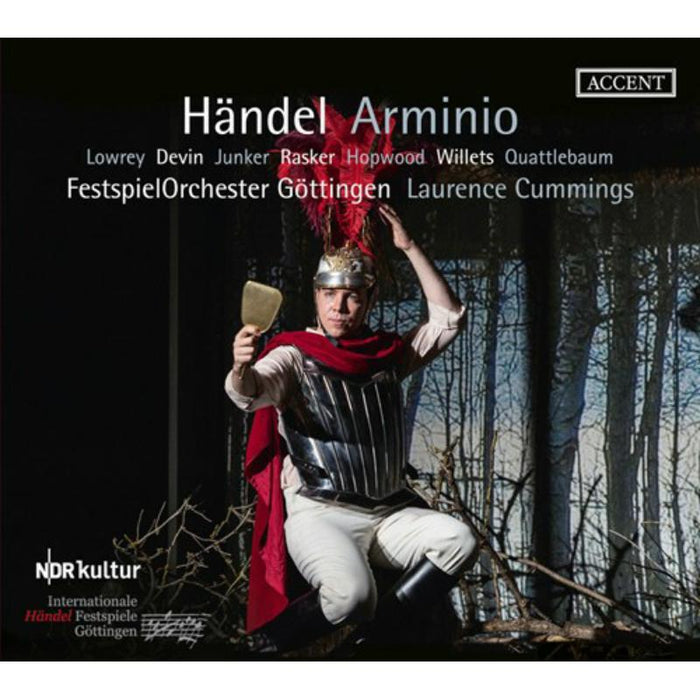Description
The Art of the Baroque HarpsichordThe art of the harpsichord reached its height in the later Baroque period, during the first fifty years of the eighteenth century, before the development of the hammer-action fortepiano and pianoforte, which were to replace it. Not only did it command the attention of virtuoso performers like Johann Sebastian Bach, Handel and Domenico Scarlatti, but it also benefited from the attention of some of the most gifted instrument makers. In 1719 Bach travelled from Cöthen, where he was Court Kapellmeister, to Berlin to buy a fine new two-manual instrument from the well-known maker Michael Mietz. The present recital, including compositions by three of the great keyboard virtuosi of their time, is given on a harpsichord by Bruce Kennedy, based on a Mietke instrument from 1704. Born in 1685 at Eisenach, the son of a town musician and member of an extended musical dynasty, Johann Sebastian Bach established himself as an organist at Arnstadt, Mühlhausen and then, in 1707, at the court of Weimar. 1717 brought a change of career when he became Court Kapellmeister in Cöthen, the seeming height of his career. The period there brought a wealth of instrumental compositions for the court, the Pietist leanings of which made no sacred music necessary. In 1723, after the marriage of the ruling prince to a woman without musical interests, and financial limitations on the court budget, he moved to Leipzig, where he became Cantor at the Thomasschule, employed by the City Council to provide music for the principal churches of the city. He remained in this position until his death in 1750. Nevertheless Leipzig provided an outlet for Bach’s other musical interests, with an ensemble of musicians associated with the university, for which he devised his harpsichord concertos, largely based on earlier compositions from the Cöthen period. It was in Leipzig that Bach turned his attention to the provision of a comprehensive collection of keyboard music. This began with the publication in 1731 of Clavier-Übung I, containing Suites for single manual harpsichord. In 1735 Clavier-Übung II followed, with works for two-manual harpsichord contrasting the Italian with the French style in the Concerto nach italienischen Gusto (Concerto after the Italian Taste), better known as the Italian Concerto and the Ouverture nach französischer Art (Overture after the French Manner), a French dance suite. Clavier-Übung III was published in 1739 and contains music for organ, with and without pedals, and Clavier-Übung IV, the last of the series, followed in 1741 and contained the Goldberg Variations, for two manual harpsichord. The Italian Concerto follows the pattern of concertos written in Italy and particularly developed in Venice by Vivaldi in his solo instrumental concertos. Bach had transcribed a number of such works for solo harpsichord during his years in Weimar. A lively first movement leads to an aria







